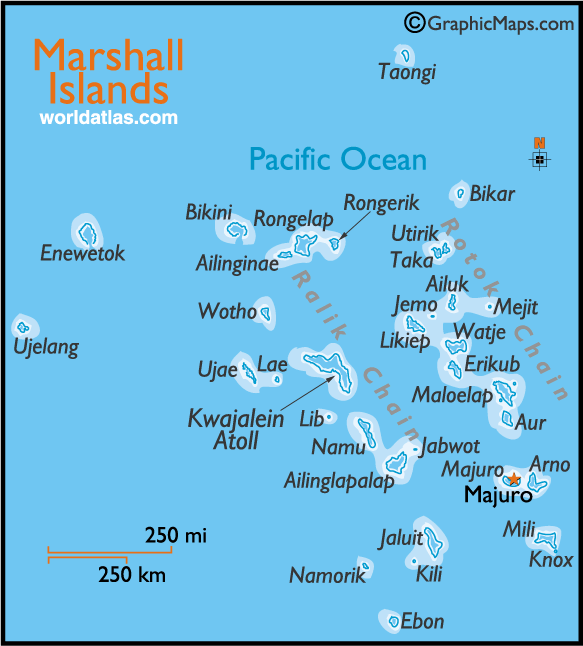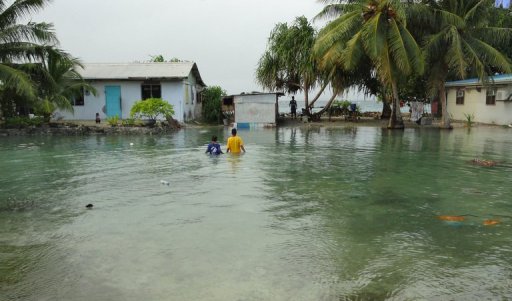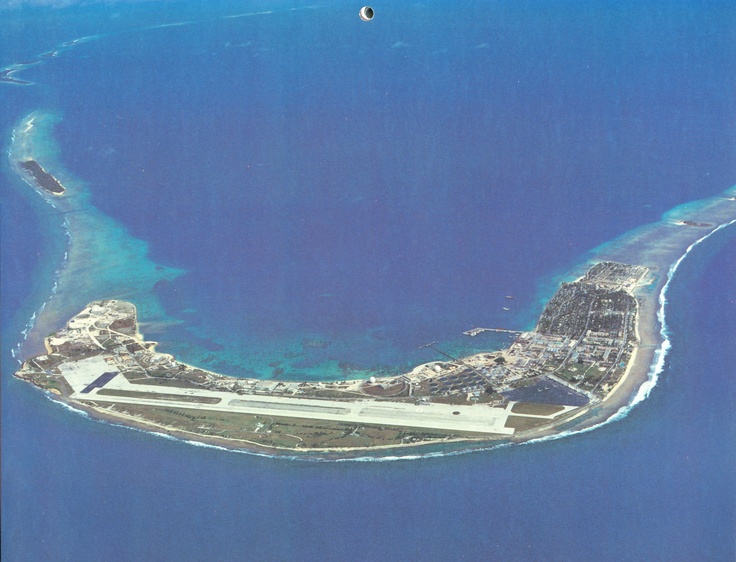8-24-19
On this day in 1945, hundreds of Task Force ships were milling around the general area of Tokyo harbor, hoping they would be among the ships present at the Signing of Documents of Surrender, scheduled to place place upon the deck of the battleship USS Missouri (a johnny-come-lately, along with the British task group, to the war in the Pacific).
In his fascinating book, “The End of the Imperial Japanese Navy,” Masanori Ito summarizes in his conclusions disastrous after disastrous missteps by the all-powerful Army, the Navy, and the “legislators” in the years leading up to the War that set the Nation of Japan in the crosshairs of history. Some excerpts:
At the same time the Army was fanning a fire whose sparks fell everywhere. The leadership of the Army was dominated by young trigger-happy officers. . . Maintaining that naval warfare was beyond the scope of Army judgement, the Army left the Navy to interdict the war with the United States. The Navy asked (among other things:) Who spread the fever among the people by mobilizing sycophant scholars, commentators, and writers to publicize the Greater East Asia Co-Prosperity Sphere (the rationale Japan used to invade China and French Indo-China), to agitate against Great Britain and the United States as Japan’s irreconcilable enemies? Who denounced peace efforts efforts through negotiation as “humiliation diplomacy”? In each case the Army had been responsible, and was now eager for the Navy to to assume the consequences.
And this: In the autumn of 1941, when the Naval General Staff advised the Navy Minister to state frankly that there was no chance of winning a war against the United States, Oikawa replied, ‘Having boasted of our Invincible Fleet, we cannot now insist on compromise and say we are unable to fight, We would lose face everywhere . . . Oikawa and the other leaders were unaware of their impaired judgment. They could not see that the nation was more important than the Navy.
History is written by the victors, and the U.S. clearly won the War against Japan. It was all pretty straight forward; a war of attrition won by the side with endless resources, good command and leadership, and a strong and determined bunch of young Americans holding the triggers. I am a believer that we must always take a moment to “walk a mile in their shoes.” There are many lessons for us in the paragraphs above, if we choose to think about it.
steve






